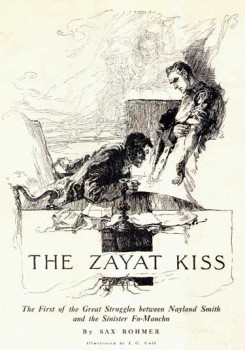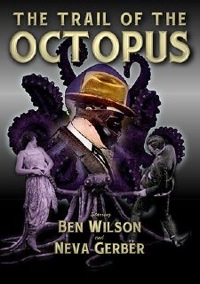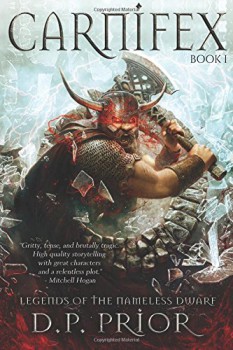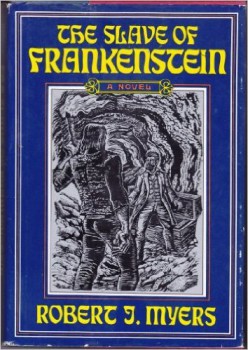January Short Story Roundup
 It has finally gotten cold here in the Northeast, but I’ve got plenty of thunderous swords & sorcery stories to keep me busy indoors reading. January brought not only Swords and Sorcery Magazine’s usual complement of two stories, but also issues of Heroic Fantasy Quarterly and Grimdark Magazine. That’s a terrific way to kick off the new year.
It has finally gotten cold here in the Northeast, but I’ve got plenty of thunderous swords & sorcery stories to keep me busy indoors reading. January brought not only Swords and Sorcery Magazine’s usual complement of two stories, but also issues of Heroic Fantasy Quarterly and Grimdark Magazine. That’s a terrific way to kick off the new year.
Swords and Sorcery Issue 48, as editor Curtis Ellett writes, brings four years of publication to a close, which is pretty impressive. That’s like fifteen years in internet time, so congratulations are in order.
The issue kicks off with the impressive (and impressively titled) “The Quarto Volume, or Knowledge, Good & Evil” by Ken Lizzi. Cesar is a member of a mercenary company in a land similar to Renaissance Italy but with demons and wizards. Those who control those spirits control the world, and that’s a small number of people. Now, Cesar learns, there’s the possibility of power escaping into the hands of the many. Cesar is cut from the same cloth as any number of roguish heroes, but Lizzi’s prose lends him a clear voice and the setting has great potential. An earlier Cesar the Bravo story was included in the anthology Pirates & Swashbucklers from a few years back. Considering my love of all things piratey (check out the article Howard Andrew Jones and I did about Captain Blood), I’ll probably be buying that soon.











